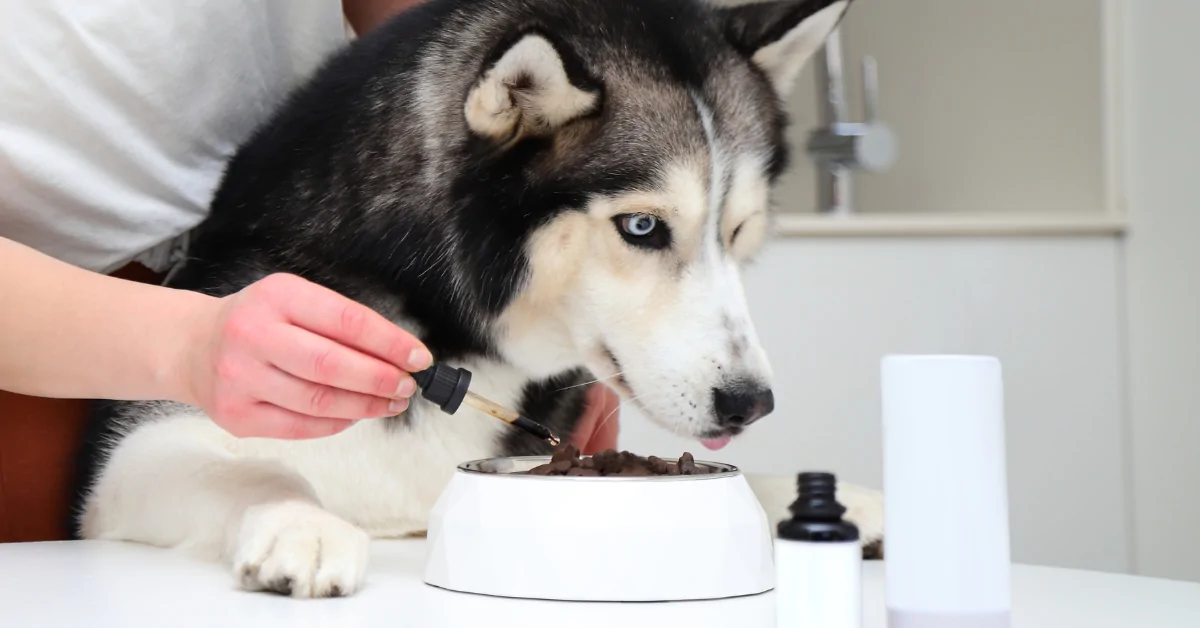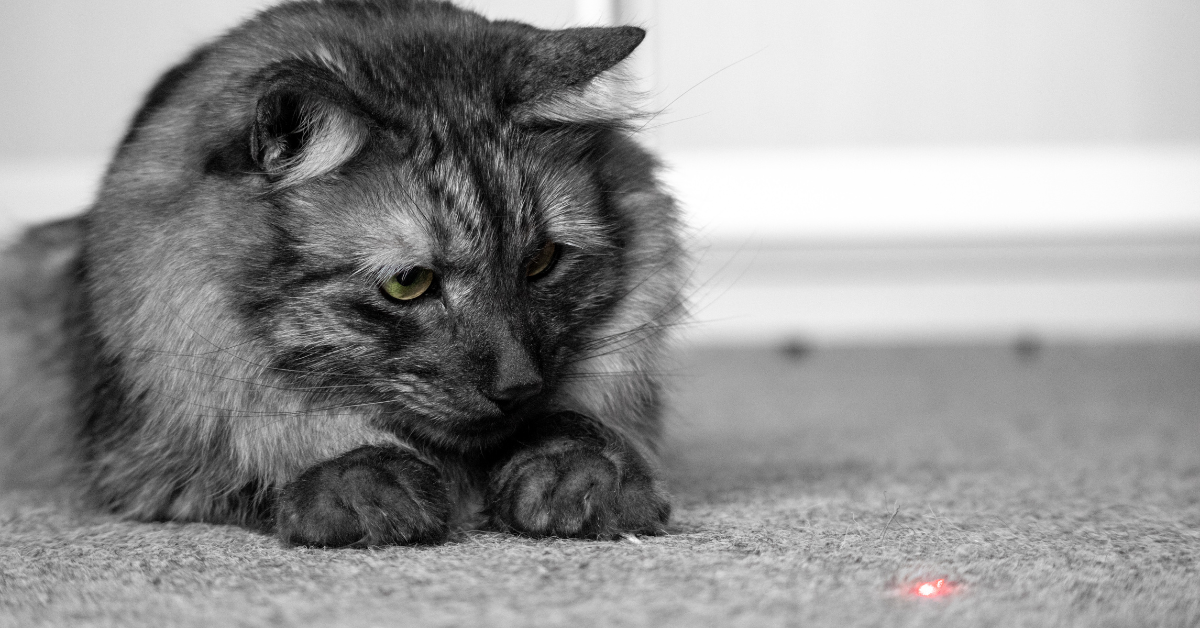Did you know that more than half of all dogs in the United States are mixed breed dogs? Yes, there are 38 million mutts making their owners happy throughout the nation. Many people believe they actually make better pets than purebred dogs.
You may or may not agree with this (purebreds are great, too!) Let’s take a look at the arguments FOR mixed breed dogs. First, let’s talk about what is a dog breed.
What Is A Dog Breed?
Ever since the first prehistoric people befriended wolves and domesticated them, humans have been breeding dogs purposely to perform various tasks. People bread them for hunting, others for herding, guarding, racing, bearing burdens and even for sitting in ladies’ laps.
So with all this breeding of dogs into specific types, what makes a dog “purebred”? According to the American Kennel Club, “The simplest way to define a breed is to say it always ‘breeds true.’” By this the AKC means that when you breed a beagle with a beagle, the resulting puppies will always look like their beagle parents.
Did you know that there are more than 340 dog breeds, of which 193 are recognized by the AKC? Each breed has ideal physical traits and temperaments. Purebred dogs have registration papers that show that both parents were registered and of the same breed. When you buy a purebred dog, you have an idea of what its qualities and personality will be like.
What Is A Mixed Breed Dog?
A mixed breed dog – aka a “mutt” or (less lovingly) a “mongrel” – is a dog that has more than one recognized breed in his/her gene pool and is often not the result of intentional breeding. Most mixed breed dogs have ancestry that has more to do with natural selection than human intervention. In other words, accidental mating.
Because of this mixed heritage, these types of dogs all look different, with a huge variety of sizes, coat types, shapes, and colors. One mutt may have characteristics that look more like, say, a shepherd than any other breed, but because of the other breeds in the mix, the dog may not act like a shepherd.
What Is A Designer Dog?
The difference between a mixed breed dog and a designer dog is that the designer dog (also sometimes referred to as a “hybrid” dog) has more than one recognized breed, but the breeding is deliberate. Breeders do this intentionally to combine existing breeds and form new ones.

Schnoodle
One example of a designer dog is the Goldendoodle, which was created to blend the Golden retriever’s wonderful temperament with a poodle’s low-shedding qualities. Designer breeds tend to have cute names like “Schnoodle” (poodle/miniature schnauzer), “Puggle” (pug/beagle) or “Chorkie” (chihuaha/Yorkshire terrier).
Breeders who specialize in these hybrid dogs are interested in establishing their particular variety as true breeds. To do this, they need to create a predictable type, where one individual dog of a “breed” has similar physical and personality traits as another individual dog.
One unfortunate outcome of the designer dog craze is that puppy mills have taken advantage of the popularity of these dogs to sell them at exorbitantly high prices. Both puppy mills and breeders market these dogs as healthy, cute, intelligent, trainable – or whatever the particular traits might be that will appeal to buyers. These claims may or may not be true. Moreover puppy mills are notorious for in-breeding (for example, mating a mother dog with her son). This can, in many cases, create disastrous consequences that the new “owner” has to contend with in terms of poor physical attributes, greater propensity toward seizures and much more.
Why Should I Get A Mixed Breed Dog?
You may be saving a life! The ASPCA reports that around 75% of all dogs in shelters are mutts. That’s the most frequent place that people find their mixed breed dogs (other places include friends, neighbors and relatives). If you don’t rescue that mixed breed fella, there’s a good chance he may be euthanized, so it’s good to know that approximately 1.6 million dogs are adopted each year.
Mutts tend to be healthier than purebreds. It hasn’t been proven, but the theory is that more gene diversity in mixed breed dogs makes it less likely that they’ll develop hereditary diseases and disorders. What has been proven is that purebred dogs are more likely to develop different genetic disorders. For instance, one common disorder, hip dysplasia, affects German shepherds, Rottweilers, bulldogs, Great Danes, Saint Bernards, Neapolitan mastiffs and Retrievers. And urinary bladder infections tend to plague Dalmations, Newfoundlands, the Bichon Frise and miniature Schnauzers.
Many shelter dogs have built-in advantages. If you get your mixed breed dog at a shelter, it’s highly likely to already be house-trained. She most likely had belonged to someone else before ending up at the shelter. Shelter dogs are generally not a puppy. House-training is easier because the dog is more mature. He won’t need to go to the bathroom as many times in one day. Also, most dogs at shelters are past the exhaustive puppy stage. This may or may not be an advantage in your eyes, depending on how much you like dealing with puppy training. Furthermore, it’s much less expensive to get a dog from the shelter, rather than a breeder. And a dog from a shelter is likely spayed or neutered. It’s usually included in the adoption fee. And are also up-to-date on all her vaccinations. Another cost saving!
Mixed breed dogs may be more intelligent. Studies have shown that, compared to purebreds, mixed breed dogs perform better on intelligence and problem-solving tests. This may in part be due to the lack of the genetic factor of in-breeding – but more likely, it depends on the breeds that are part of the “mix.” According to Stanley Coren, author of “The Intelligence of Dogs,” the Top 7 smartest dog breeds are border collies, poodles, German shepherds, golden retrievers, Doberman pinschers, and Labrador retrievers. If your dog’s genetics include genes from any of these highly intelligent breeds, he’s likely to be one smart pooch.
And, the expression, “You can’t teach an old dog new tricks” simply does NOT hold true. The author has adopted many dogs ranging from 2 to 6 and all that is required to end up with a nicely trained dog, at any age, is regular, consistent training. Training is not just when the dog trainer, if you use one, is on site but, just as with a two year old child, it’s attention and discipline, applied to every interaction between you and your dog.
What Is Your Dog’s Mix?

The good news is you can get a pretty good idea of where your dog comes from through dog DNA tests. They only require a sample of your dog’s saliva. The test will give you information on the potential breeds that make him who he is.
It may be fun to know what breeds contributed to your mutt’s unique personality. But in the end, it doesn’t matter. What matters is that your dog is your best friend. A pup who is happy to see you when you come home. A best friend who is always there for you in every situation of your life. And this is true whether you have a mutt or a purebred!
How Banixx Helps Dogs
Banixx is both effective and extremely safe. Use it on wounds or fungus infections with now worries. It is safe around the eyes, nose, mouth, and ears. Banixx has proven to be particularly effective at eliminating dog ear infections, dog hot spots, and dog or cat ringworm. Use it with confidence to successfully treat wounds, fungus, horse scratches, rain rot, ringworm, abscesses, thrush, white line disease, bacterial infections, fungal infections, fly bites or just some itchy skin on your animals.
We hope you found this article helpful and if your dog ever gets any cuts, abrasions, ear infections or hot spots, we hope you keep Banixx Pet Care in mind. Go to our dog page to learn more about how to keep your dog happy and healthy!
Share this Post
Featured Post
Recent Posts
Lipomas….mysterious Lumps & Bumps on your pup…When should I worry? What should I do about them?

Managing the Mamas –Part 2 –The development process

Managing the Mamas: Part 1 – Preparing to Breed Your Mare

HOW MANY TOES?? Caring for the Polydactyl Cat

Do Dog Joint Supplements Actually Work?






